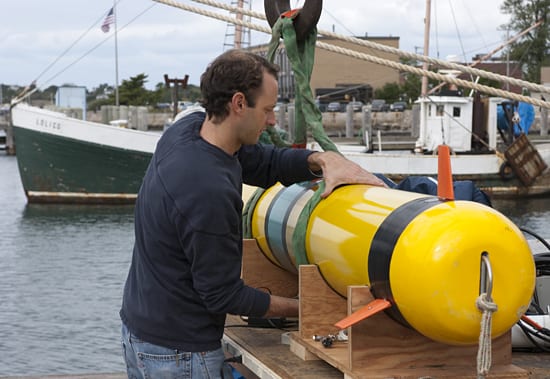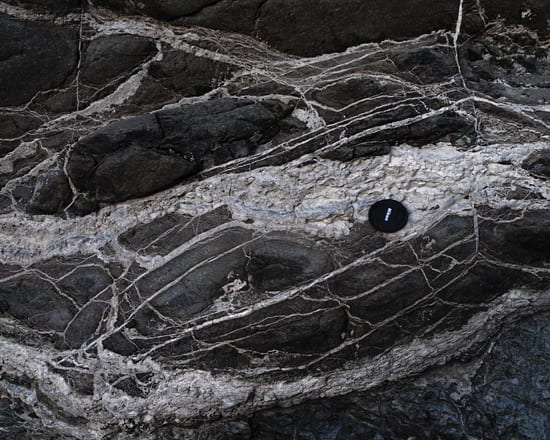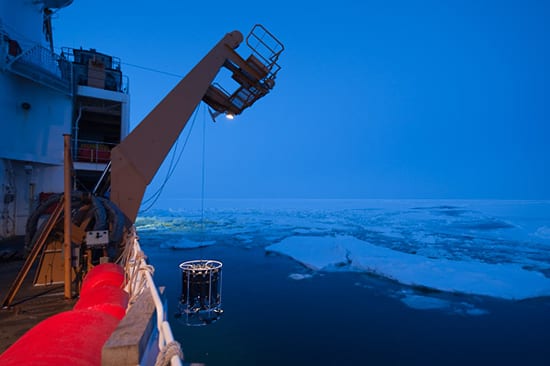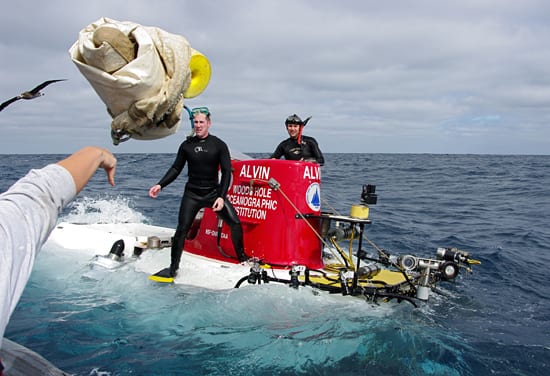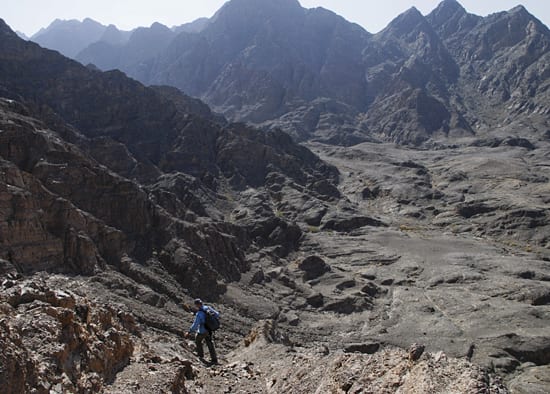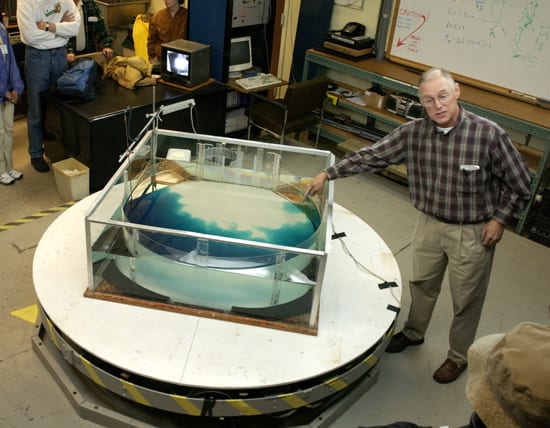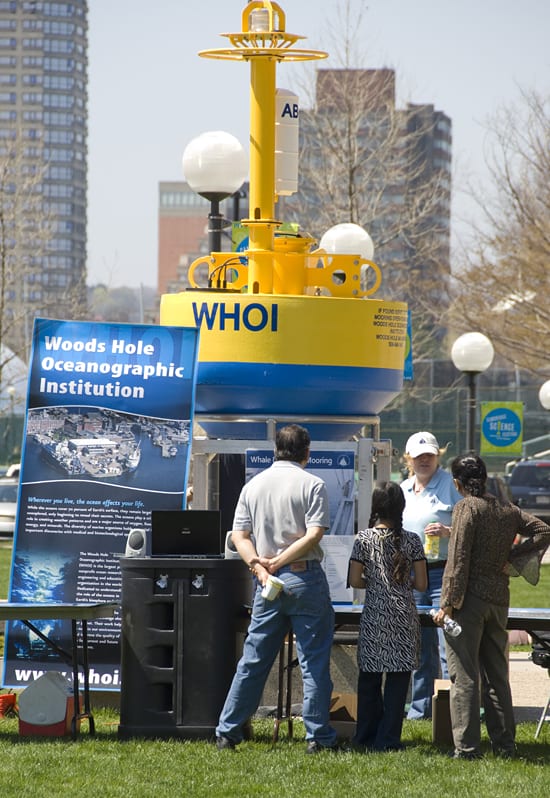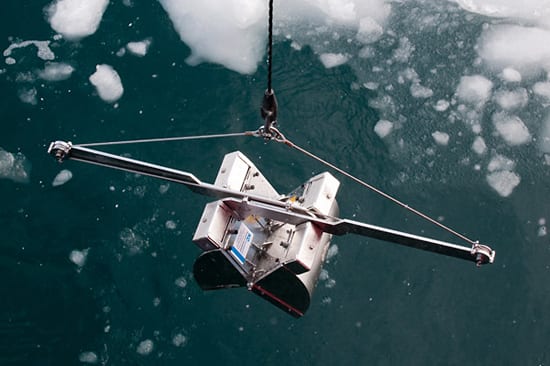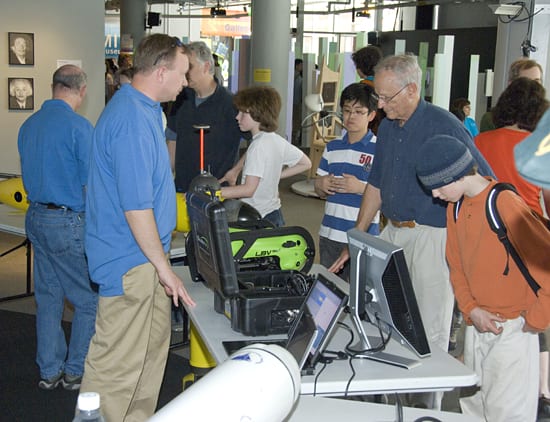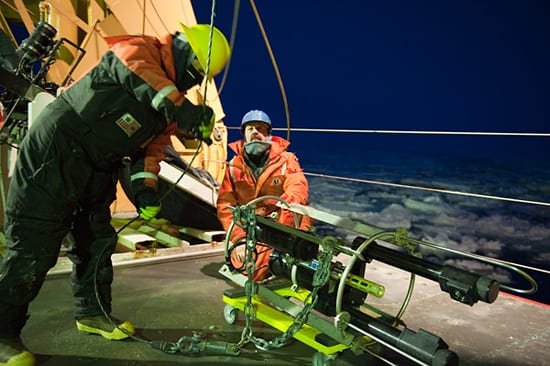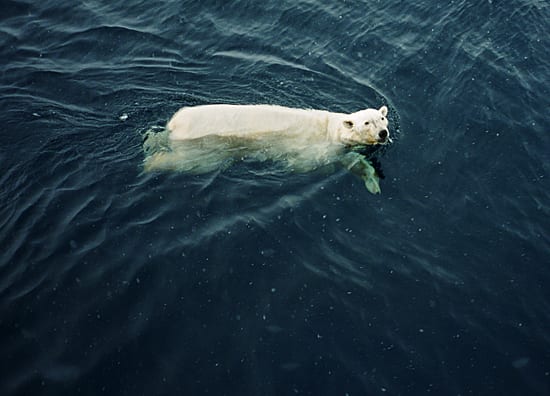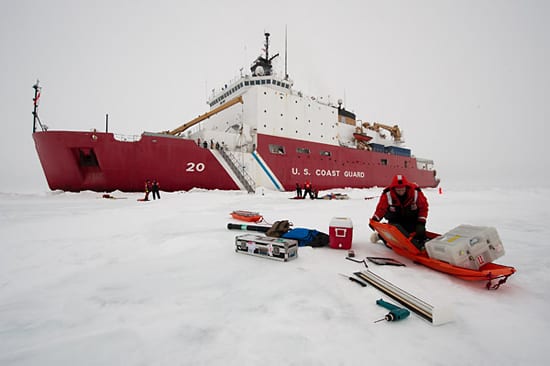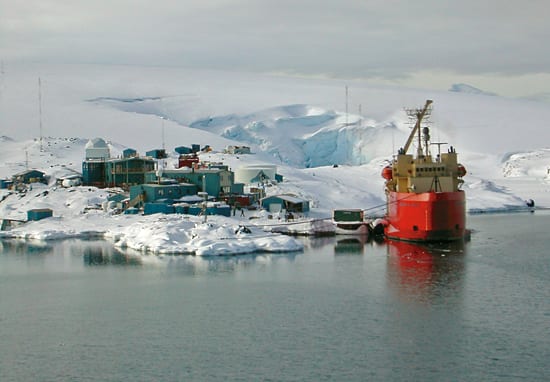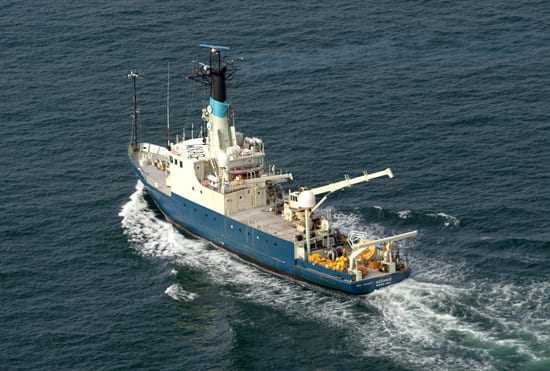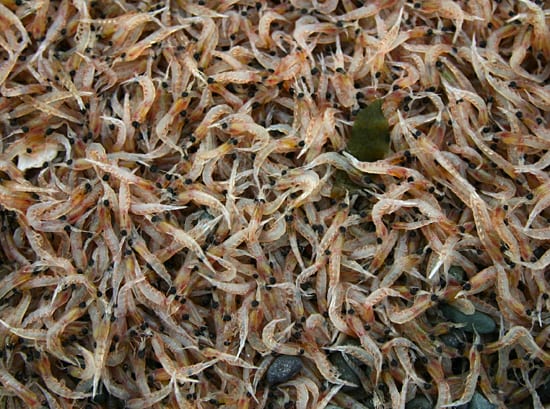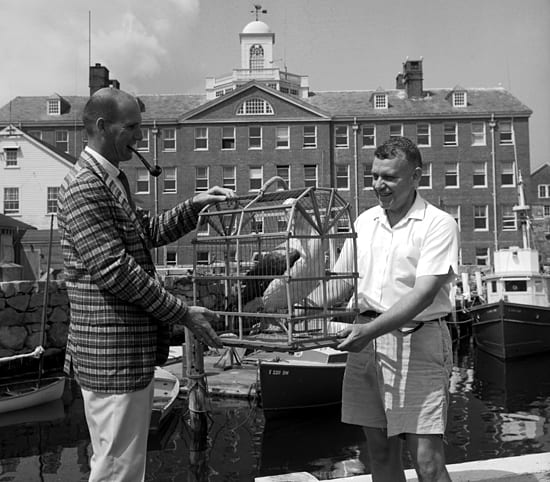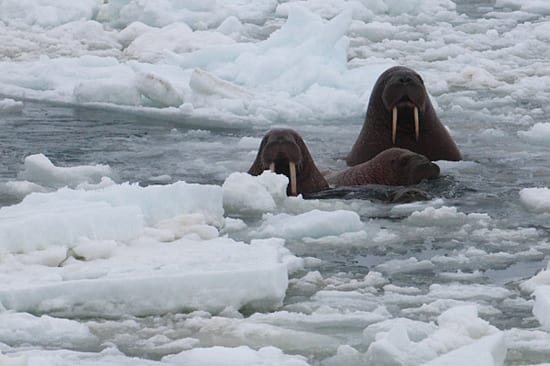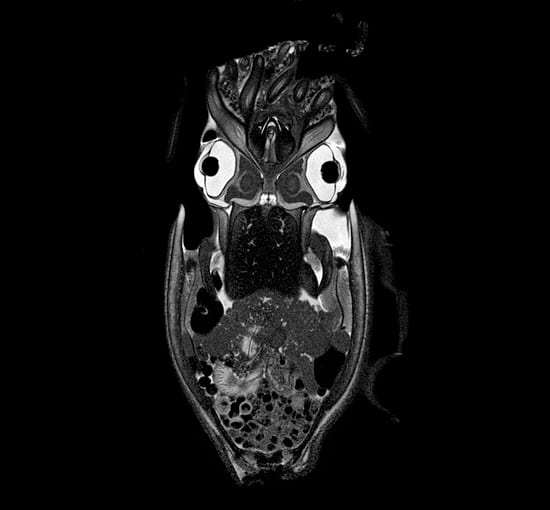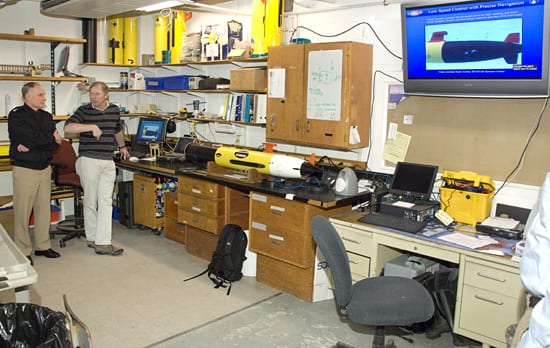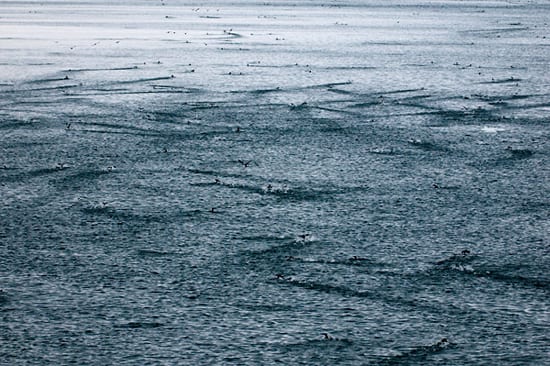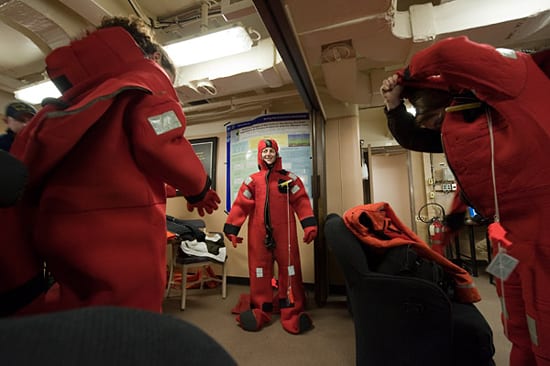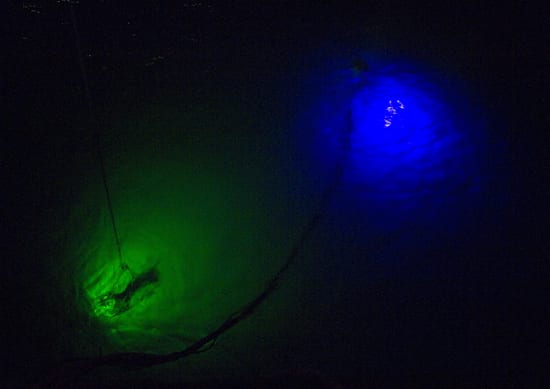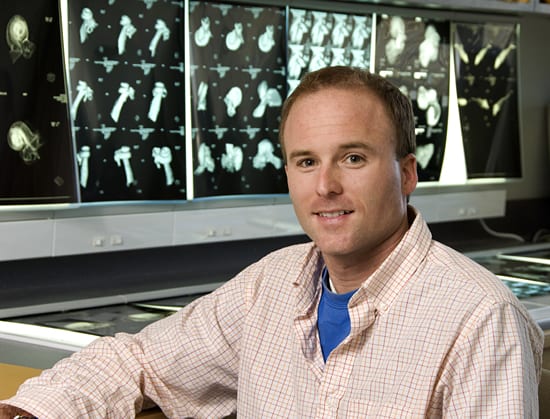Multimedia Items
Robo-sailor
WHOI engineer Greg Packard prepares an autonomous underwater vehicle (AUV) called REMUS (Remote Environmental Monitoring UnitS) for loading onto the research vessel Knorr in 2004. REMUS vehicles are low-cost AUVs…
Read MoreProcess written in stone
“1” marks the spot. A marker, placed for the photo by MIT/WHOI Joint Program student Evelyn Mervine, indicates veins of altered rock in an ophiolite (uplifted, exposed former ocean crust)…
Read MoreFive miles of cable
A CTD, which stands for Conductivity, Temperature, and Depth, is one of the most basic tools for understanding the ocean. The instrument is made up of a set of small…
Read MoreAnchor aweigh
Third Mate Kami Bucholz throws the “sea anchor” to swimmers Patrick Neumann and Dave Walter as DSV Alvin breaks the surface at the end of another dive to the bottom…
Read MoreMoonwalking
Like a walk on the moon, geologist Robert Miller of San Jose State University descended into a barren, rocky wadi (valley) in Oman, at the eastern tip of the Arabian…
Read MoreThe Earth turns and the ocean swirls
Jack Whitehead, in the Geophysical Fluid Dynamics Lab he helped establish at Woods Hole Oceanographic Institution, sets up experiments to understand the formation of gyres or swirling, circular currents. Experiments…
Read MoreInterested in ocean science?
Woods Hole Oceanographic Institution (WHOI) Ocean Science Exhibit Center Manager Kathy Patterson chats with participants of the Cambridge Science Festival about ocean science. The Festival is sponsored by the MIT…
Read MoreSediment scooper
The Van Veen grab collects sediment from the ocean floor. The instrument is lowered on a cable until it hits the bottom. When it closes, it scoops up sediment —…
Read MoreTransforming the way oceans are explored
At the MIT Museum during the recent Cambridge Science Festival, physical oceanographers Al Plueddemann, far left and John Lund, left, of the Woods Hole Oceanographic Institution explained how autonomous underwater…
Read MoreReady for their close up
On board the U.S. Coast Guard Cutter Healy in the Bering Sea, marine science technician chief Mark Rieg (at left) and WHOI researcher Phil Alatalo (right) prepare to deploy a…
Read MoreAnywhere to go?
In 2002, researchers aboard the U.S. Coast Guard Icebreaker Healy in the Bering Sea saw this polar bear swimming far from any ice. WHOI biologist Hal Caswell and colleagues have…
Read MoreWork on Water
Calvin Mordy, a scientist at Aquatic Solutions, prepares his gear to work on the ice. Mordy is one of 41 scientists aboard the U.S. Coast Guard Cutter Healy on an…
Read MoreSnowglobe scene?
Like a tiny town in a snowglobe visited by a huge red sleigh, Palmer Station, Antarctica (seen here in 2002), gets regular stopovers from the ice-strengthened research ship Laurence M.…
Read MoreIn a day’s work
R/V Oceanus headed out from shore in fall 2007, little knowing what lay ahead. The cruise was to recover a buoy measuring waves and a mooring from the CLIMODE project,…
Read MoreKrill salad
Krill, beautiful krill….. a receding tide in Dutch Harbor, AK, left thousands of these shrimplike animals washed up on the beach, where WHOI researcher Phil Alatalo took this photo. He…
Read MoreWhy this caged bird won’t sing
WHOI scientists have garnered many medals and awards, but none is more fun than the Albatross Award, the stuffed bird in the cage held here by Henry Stommel, right, and…
Read MoreWalruses on the starboard side
A group of walruses pop out of the icy waters of the Bering Sea to investigate a large and curious newcomer to the neighborhood — the U.S. Coast Guard Cutter…
Read MoreCan you hear me?
Can a cuttlefish hear? A magnetic resonance image (MRI) reveals the internal anatomy of a cuttlefish (Sepia officinalis). WHOI postdoctoral scholar Aran Mooney, senior scientist Darlene Ketten, and scan technologist…
Read MoreShop talk
Navy Rear Admiral Nevin P. Carr (left) touring WHOI the REMUS lab recently with Ocean Systems Lab Principal Engineer Tom Austin. The autonomous vehicles are designed for coastal monitoring as…
Read MoreMurres for miles
Hundreds of thick-billed murres — medium-sized seabirds that resemble penguins — skitter in every direction along the icy waters of the Bering Sea as the U.S. Coast Guard Cutter Healy…
Read MoreWriter’s rite of passage
When on an icebreaker, you’d better dress for it! Science writer Helen Fields learned how to don an immersion suit, also called a “Gumby suit,” on the second day of…
Read MoreSignals in the dark
A difficult problem in oceanography is sending and receiving information and commands underwater. Generally, scientists send information to and from underwater instruments as signals through cables, or as sound that…
Read MoreHearing under the sea
WHOI postdoctoral scientist Aran Mooney, shown here in the WHOI Computerized Scanning and Imaging facility, studies marine animal hearing. He and colleagues recently investigated the effects of sonar sound on…
Read MoreSomeone to watch over me
Chief Scientist John Toole watches from the the R/V Oceanus as a team in a small boat sets out to perform repairs on a surface mooring in the Gulf Stream.…
Read More
